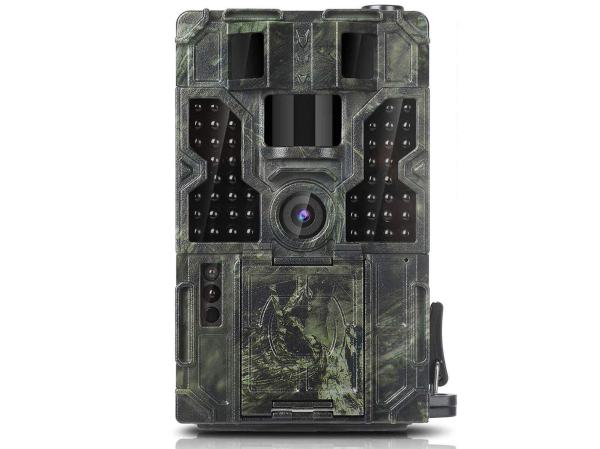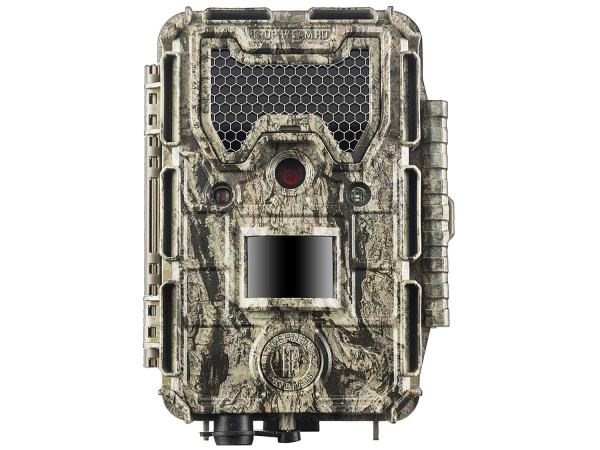We may earn revenue from the products available on this page and participate in affiliate programs. Learn More ›
Trail cameras have revolutionized hunting, allowing 24/7 monitoring of the woods to make sure you are optimizing time spent afield. The trail cam market has exploded in recent years, but even with a dizzying array of options to choose from, there are still a handful of common parameters to keep in mind when shopping. Here are the basics.
Flash Type
Trail cameras come in three flash types: white flash, red, or low glow, and no glow. White flash cameras work just like your DSLR, taking sharp pictures in the widest range of lighting, including nighttime. But they tend to scare game. On the other end of the spectrum, no-glow cameras use infrared light invisible to humans and most animals, but the image quality suffers for night photography. In the middle are red- or low-glow cameras, which strike the best balance for hunters.
Trigger Speed and Recovery
Look for high trigger speeds and low recovery times. You don’t want to get a great picture of that doe speeding by only to have the camera struggling to recover for so long it misses the buck that is sure to follow.
Detection Range
The detection range is the maximum distance at which the camera will detect movement and take a photo, with 100 to 120 feet being on the upper end. Keep in mind that another distance variable, flash range, is also critical for nighttime photography.



